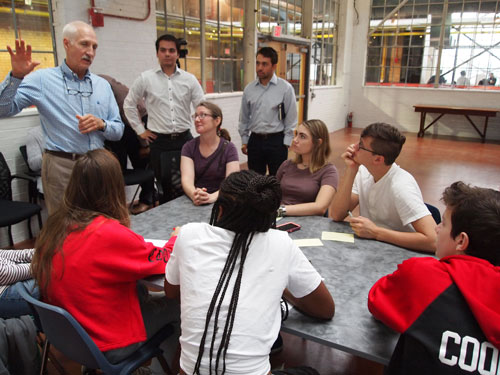
“Vom ersten Tag an, Ich stelle sicher, dass die Schüler verstehen, dass sie Berater sind. Sie sind für die Lösung der Probleme verantwortlich.” – Norton Gusky
Wenn Sie Schüler geben reale Herausforderungen mit realen Organisationen, jeder kann profitieren. Das Hinzufügen von Lehrplänen mit zeitnahen Herausforderungen in der Gemeinde vermittelt neues Wissen und zeigt den Lernenden, wie ihre Fähigkeiten letztendlich als Erwachsene angewendet werden. Zusätzlich, real-world learning experiences give students the opportunity to benefit the community in which they live.
Norton Gusky, der Schöpfer von Design-Herausforderungen, connects schools with businesses and non-profits to research and explore solutions to real-world problems. Nach Gusky, die Forschung auf seinem 2017 - 2018 Programm zeigt an, dass 93% von denen, die das Programm relevant und nützlich gefunden teilgenommen. Er glaubt, dass die Schulen müssen die UN-Ziele einer nachhaltigen Entwicklung Teil eines jeden Lehrplan machen. He’s doing his part by connecting learners with the Energy Innovation Center, a multi-disciplinary institution in Pittsburgh, Pennsylvania that integrates “workforce development programs, green technology research laboratories, a business incubator and collaborative university-industry projects.” He explains the challenges presented to learners have included “water management, nachhaltige Energien, Planung für grüne Infrastruktur (LEED-Zertifizierung), und nachhaltige Lebensmittelverteilungssysteme.“
Die globale Suche nach Bildung is pleased to welcome Norton Gusky.
“Students provide feedback on the Design Challenge through a combination of written surveys and video interviews.” – Norton Gusky
Norton, herzlich willkommen. Please walk us through the process you use on a Design Challenge.
Nach drei Jahren auf den Design-Herausforderungen arbeiten, Ich habe ein Verfahren entwickelt, die folgende enthält:
- Bauen Sie die Zutaten für den Request for Proposal (RFP) - das beinhaltet, das Problem zu lösen Identifizierung, die Experten, die möglicherweise teilnehmen, und die erwarteten Ergebnisse aus den Studentenberater.
- Packen Sie die Design Challenge mit dem Facilitators - das bringt die Pädagogen, die mit den Studentenberatern in den Prozess arbeiten. Wir schauen auf die RFP und überlegen, was Studenten teilnehmen könnten. Wir schaffen eine Zeitlinie, die einen Kickoff enthält, Mittelpunkt, und Abschlusspräsentation.
- Moderator Kickoff Schüler Berater und Interessengruppen zusammen zu bringen - das ist in Bewegung setzt die Design Challenge. Die Schüler hören aus dem Kundenteam und dann Fragen zu schaffen, mit Experten zu arbeiten zu beginnen, das Problem in der Ausschreibung zu lösen.
- Generieren von ersten Ideen - ermöglicht dieser Schritt der Schüler in ihren eigenen Klassen zu beginnen, ihre Forschung zu tun und kommen mit ihrer ersten Runde der Ideen, wie man das Problem in der RFP zu lösen.
- Anregungen für das Miteinander - dieser Schritt die Schüler bringt wieder zusammen, wo sie ihre Ideen austauschen und Feedback von den Experten und Client-Team erhalten.
- Reflektierende und Refining Ideen - dieser Schritt zwingt die Schüler Berater ihre ursprünglichen Ideen zu bewerten, basierend auf dem Feedback von den Experten und Client-Team. In diesem Stadium, neue Ideen in den Vordergrund kommen oder bestehende Ideen sind neu formuliert.
- Presenting Ideen und Feiern - dieser Schritt die Teams wieder zusammen für eine öffentliche Präsentation bringt. Student Berater werden ermutigt, kreative Wege zu schließen, ihre Ideen aufschlagen. Dies kann 3 dimensionale Modelle, virtuelle Simulationen, dramatische Sketche oder andere Möglichkeiten, um effektiv ihren Vorschlag zur ursprünglichen RFP kommunizieren. Danach, die Studentenberater, Fachwelt, Moderatoren, Gäste, und Client-Team sitzt für eine Mahlzeit nach unten zu feiern.
In der Zukunft, Studenten werden gemeinsam mit ihren Kollegen arbeiten - wie Sie Teamarbeit und Zusammenarbeit in Ihren Lehrplan bauen? Wie ist moderne Technologie in der Lage Ihr Programm zu unterstützen?
Each team works collaboratively with each person taking on an individual responsibility. At the kickoff, I divide the groups into teams using an Ice Breaker activity. Beispielsweise: for Sustainable Foods, the student consultants might draw a picture of the healthiest food they eat. They would then meet with their team and talk about their food. I then might ask: what are some of the things you have in common with your teammates.
At the midpoint, I’ll use a Human-Centered Design activity to have the students provide feedback to each other. This may take the form of a “Voice the Vote” or “Rose, Bud, Thorn” activity. For the final presentation, the students work on a collaborative document to outline their final ideas. This is often a Google Document. For other Design Challenges, we’ve created a project website which invites each team to contribute their own ideas.
“The student consultants are encouraged to think out of the box and test out their most creative ideas.” – Norton Gusky
How much student voice and choice is built into the program?
Vom ersten Tag an, Ich stelle sicher, dass die Schüler verstehen, dass sie Berater sind. They are responsible for addressing the issues. It’s up to the student consultants to come up with the plan to address the RFP. I ask each team to identify a project leader. I communicate directly with the student leaders who are responsible for touching base with their team. The student leader communicates the choices for their team.
The student consultants make their midpoint and final pitch to experts and the client team. At each step, they have a chance to share their voice. Students provide feedback on the Design Challenge through a combination of written surveys and video interviews.
Along the way, students gain a complete understanding on how to solve the problem in the RFP. The student consultants are encouraged to think out of the box and test out their most creative ideas.
Wie beurteilen Sie die Schüler?
Students receive feedback from experts in the field and the client team. The client team identifies which parts of the final proposal that they intend to use. The feedback is a combination of oral and written comments. For some Design Challenges, we use a rubric to rate the final products. Rather than students basing their understanding of success based on grades, they’ll envision their success based on experiences or exposer.
“Teachers as facilitators is the new trend in education. Students have access to the internet and hundreds of digital tools. The teachers are no longer the sage on the stage. They are there to mentor coach and yes facilitate.” – Norton Gusky
Was ist die Rolle des Lehrers, corporate teachers and even parents in your program? How can these educators ensure students are receiving a benefiting experience?
Lehrer (Erzieher, since sometimes it’s a guidance counselor or other professional that plays the role) are facilitators. I work with the teachers from the Unpacking meeting to understand their role. Corporate teachers are experts.
Teachers as facilitators is the new trend in education. Students have access to the internet and hundreds of digital tools. The teachers are no longer the sage on the stage. They are there to mentor, Trainer ,und ja, facilitate.
How would you quantify your feedback/achievements to date with the program? Was sind die größten Herausforderungen, denen Sie konfrontiert haben?
Seit drei Jahren, I’ve gathered feedback from student consultants, facilitators and experts. Über 200 students have participated. Here are some of the key findings for 2017-2018 Programm:
- 93% Relevant und nützlich
- 93% Gut in Teams zu arbeiten
- 89% Verwenden Sie Strategien im Alltag
- 86% Zeit abzuschließen
- 86% Exzellente Qualität
- 86% Weiterempfehlen
- 86% Hilfe bei der künftigen Beschäftigungsmöglichkeiten
Die Nummer eins Problem ist die Umsetzung tatsächlich die Schüler Vorschläge. Die Finanzierung war eine große Herausforderung. For the 14 Projekte, nur ein Projekt wurde implementiert. Jedoch, the Energy Innovation Center has received a grant to implement additional proposals and Duquesne Light has provided a grant for another project.
While students enjoy working in school teams, they do not like to collaborate with other schools. In the past three years, there’s only been two times that I’ve been able to get schools to work around schedules and distances to meet together to collaborate.
How do you keep the curriculum relevant in a rapidly changing world?
Since all of the ideas come from the real-world needs of a client team at the Energy Innovation Center (EIC), there has been no issue with keeping the Design Challenges relevant.
We have repeated some Design Challenges to make them more relevant and meaningful for the needs of the EIC population. Beispielsweise: The student consultants came up with menu items for a cafe at the EIC, but the cafe did not happen. So, we changed the challenge to come up with a “food kit” strategy to provide for the food needs at the EIC – in einem Lebensmittel Dessert gelegen.
Vielen Dank Norton.
C. M. Rubin und Norton Gusky
C. M. Rubin (Cathy) ist der Gründer von CMRubinWorld, ein Online-Publishing-Unternehmen, das sich auf die Zukunft des globalen Lernens, und Mitbegründer von Planet Klassenzimmer. Sie ist der Autor von drei meistverkauften Büchern und zwei weit online lesen series.Rubin erhalten 3 Upton Sinclair Auszeichnungen für „The Global Search for Education“. Die Serie, die Befürworter für die Jugend, ins Leben gerufen wurde in 2010 und bringt aufstrebenden Vordenker aus der ganzen Welt die wichtigsten Bildungsfragen von Nationen konfrontiert zu erkunden.
Folgen Sie C. M. Rubin auf Twitter: www.twitter.com/@cmrubinworld

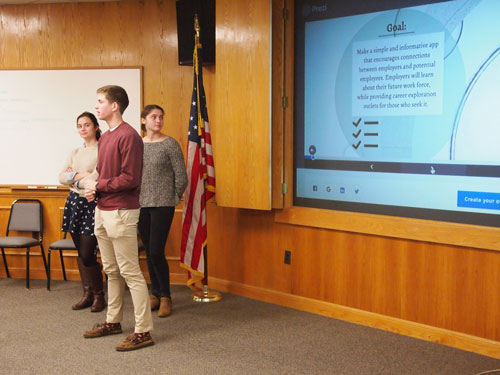
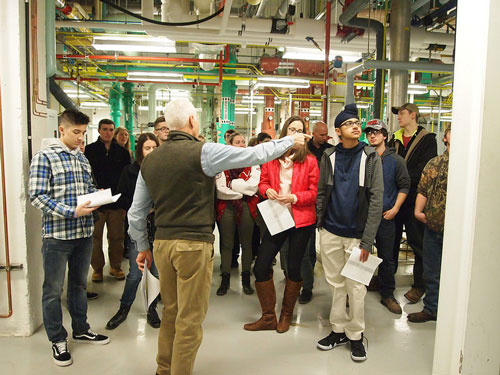
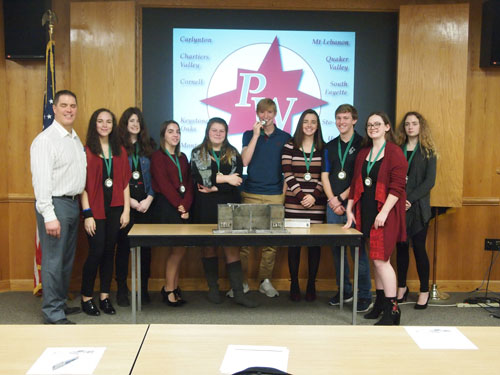
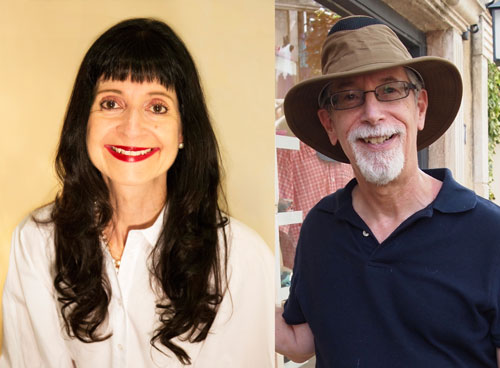
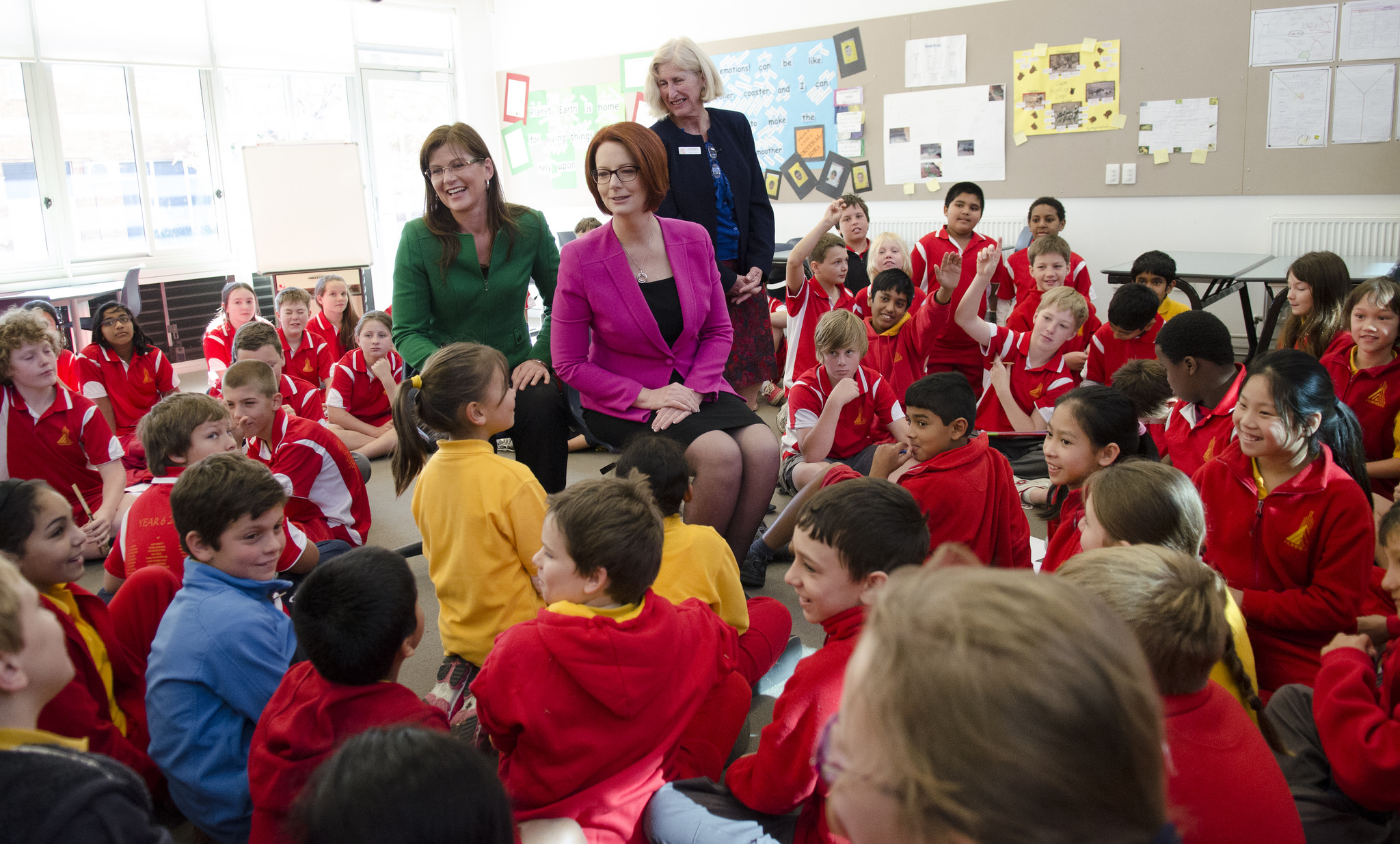

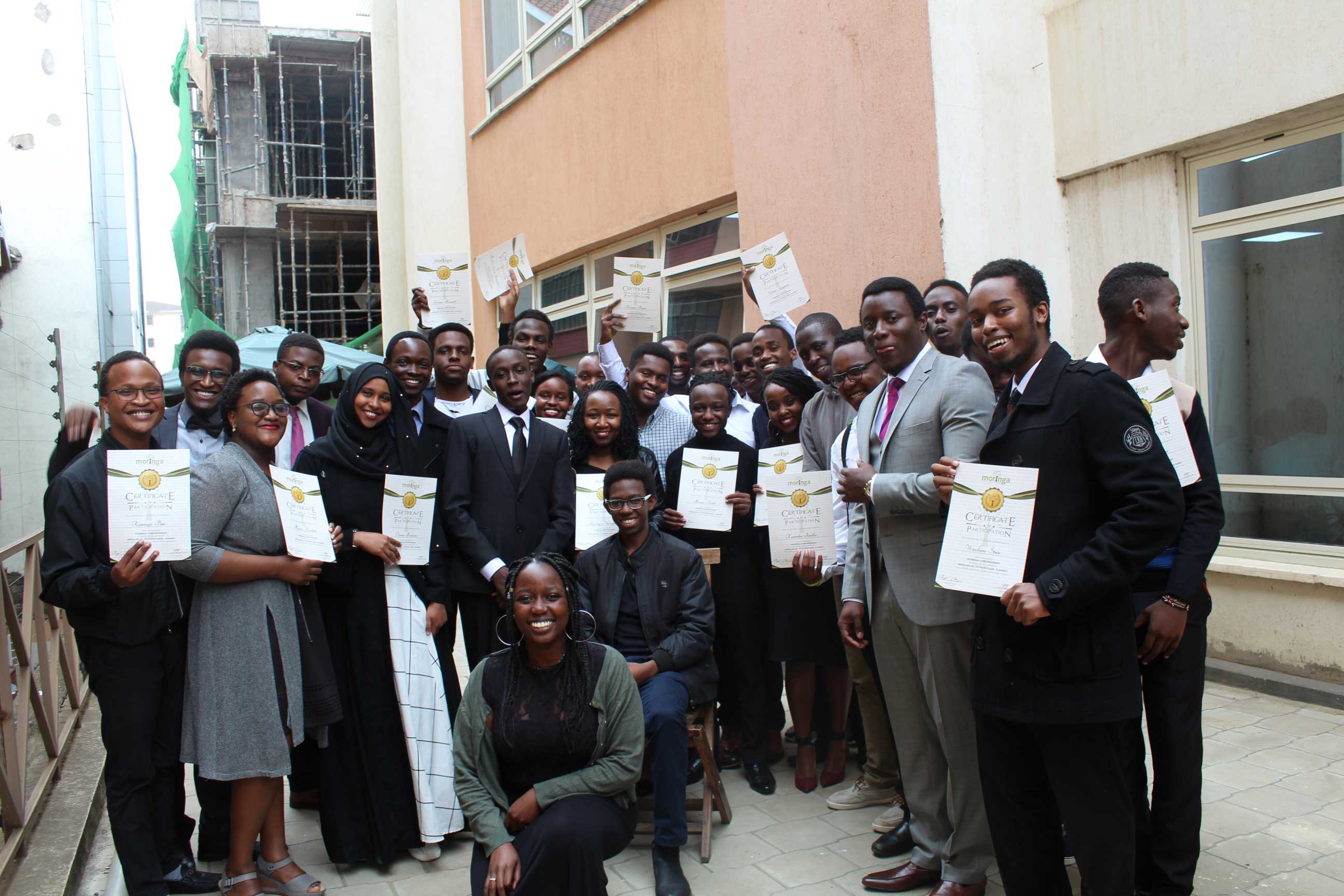

Jüngste Kommentare